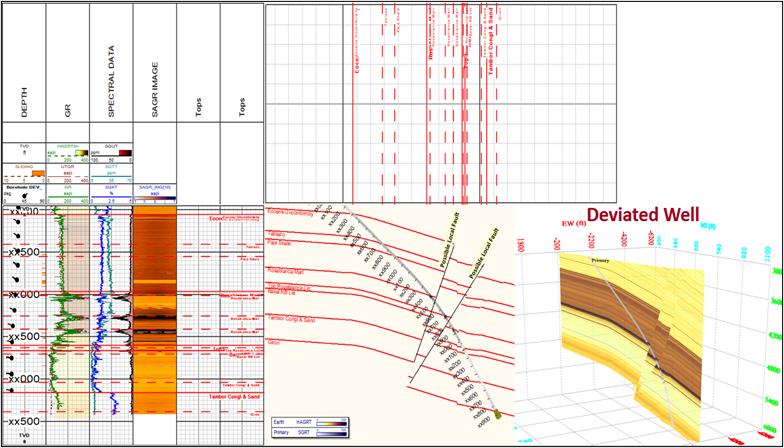Latest Products
Latest Products
-
New Product
MultiView™ Tool
-
New Product Category:
SecureTrac™ Compact Casing Shoe System
-
New Product
AMP™ All-Electric Interval Control Valve
-
New Product
PetroVisor™ Unified Data Platform
-
New Product
AlphaV™ Single-Trip, Casing-Exit System
- See all Products
Latest News
Latest News

